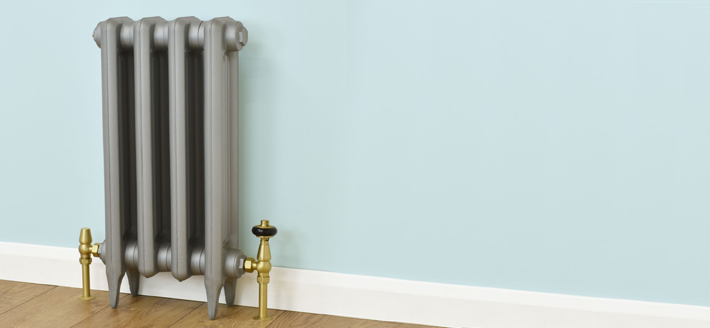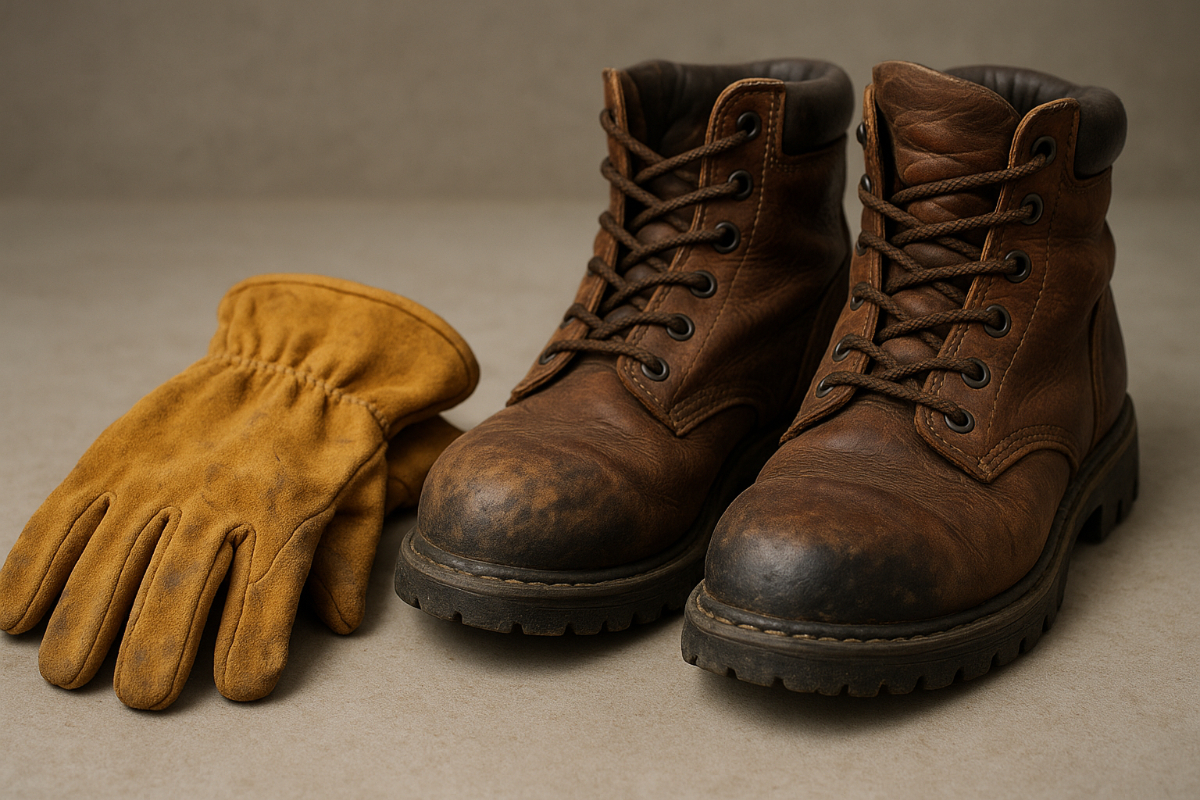Lifting Cast Iron Radiators
Posted by Cast Iron Radiators 4u on 27th Jun 2025
Lifting Cast Iron Radiators
The enduring charm and superior warmth of cast iron radiators make them a coveted feature in any home. Whether you're trying to incorporate a classic Victorian style or a more contemporary industrial-chic look, their substantial presence can add a real touch of elegance. But by the same token, this very substance can make moving them seem like a Herculean task!
Whether you're renovating, redecorating, or have just taken delivery of your new centrepiece, understanding how to go about safely lifting cast iron radiators is crucial. In this guide, we’ll provide you with all the information you need, from the essential tools for the job to the correct techniques to protect both yourself and your beautiful new radiator.
What Are Cast Iron Radiators?

A hallmark of quality and a nod to a rich history of British engineering, cast iron radiators are renowned for their durability and exceptional heat retention. First emerging in the mid-19th century, these heating fixtures simply revolutionised home comfort. Unlike modern steel or aluminium radiators, they‘re constructed from individual cast iron sections, which are moulded and then assembled into the final radiator.
This sectional design is one of their greatest strengths, allowing for a wide variety of sizes and styles. The main types you'll encounter are:
- Victorian Column Radiators: The most traditional and popular style, featuring vertical tubes grouped into columns. The number of columns (from two to six, or even more) dictates the depth and heat output of the radiator. Our own Gasta Victorian range is a prime example of this timeless design.
- Decorative and Ornate Radiators: For those looking to make a real statement, these radiators feature intricate scrollwork, floral motifs, or other detailed embellishments, turning a functional item into a work of art.
- Vertical Cast Iron Radiators: Perfect for rooms with limited horizontal wall space, these tall cast iron radiators make a grand visual impact while delivering significant heat output.
The inherent density of cast iron means it heats up slower than other materials but, crucially, it also cools down much more slowly. The result is a gentle, consistent, and comfortable warmth that radiates throughout the room long after your central heating has switched off – a key advantage in keeping your home cosy and your energy bills in check.
Essential Tools for Lifting Cast Iron Radiators

Attempting to move a cast iron radiator without the right equipment is a recipe for disaster. Before you begin, gather the following essential items to ensure a safe and smooth process:
- A strong helping hand (or two!): This is non-negotiable. Cast iron radiators are deceptively heavy. Never attempt to lift one on your own.
- Heavy-duty work gloves: Good grip and protection for your hands are paramount.
- Steel toe-capped boots: Protect your feet from accidental drops.
- Lifting straps or slings: These are invaluable, especially when tackling stairs. They allow you to use your legs and core for lifting, taking the strain off your back.
- A furniture dolly or sack truck: For moving the radiator across flat surfaces, a dolly with a high weight capacity is essential. It will save you from dragging the unit, which can damage both the radiator and your floors.
- Blankets or cardboard: Use these to protect your floors and the radiator's finish from scuffs and scratches during the move.
- Radiator bleed key: If you are moving an existing radiator, you will need this to release any trapped air after reinstallation.
- Wrenches: You'll need adjustable wrenches or spanners if you are disconnecting the radiator from the pipework.
Techniques for Lifting Cast Iron Radiators
The key to lifting and moving a cast iron radiator is to do so carefully and methodically. Rushing is your enemy. Follow these steps for a successful and injury-free move.
Preparation is Key
- Drain the radiator (if currently plumbed in): A radiator full of water is significantly heavier. Turn off the heating system and isolate the radiator by closing both the lockshield and manual control valves. Place a bucket underneath and use a wrench to carefully loosen the nuts connecting the radiator to the valves, allowing the water to drain completely.
- Clear the path: Remove any obstacles, furniture, or trip hazards from the route you plan to take. Measure doorways and stairwells to ensure the radiator will fit.
- Protect your property: Lay down blankets or cardboard along the planned route to protect your floors.
The Lift
The golden rule when lifting is to always keep the radiator in an upright position. Carrying it flat, like a stretcher, puts immense strain on the seals between the sections, which can lead to leaks.
- Position yourselves: Have one person at each end of the radiator.
- Get a secure hold: Do not try to grip the fins or columns directly. A clever technique is to insert a short, sturdy piece of wood (like a section of a floorboard) between the last two sections at each end to act as a handle. This provides a much more secure and comfortable grip.
- Lift with your legs: Bend at your knees, not your back. Keep your spine straight and engage your leg muscles to take the weight.
- Communicate: Talk to your lifting partner throughout the move. Coordinate your movements, especially when changing direction or setting the radiator down.
How to Move a Cast Iron Radiator Upstairs
Moving a heavy object up a flight of stairs requires extra caution, but with a thought-out plan and plenty of care, you can get your radiator where it needs to be. When you’re taking a cast iron radiator upstairs, there are a few key considerations you need to keep in mind:
- Lifting straps are your best friend: Loop the straps underneath the radiator, allowing two people to take the weight from a more upright, balanced posture.
- The person at the bottom: This person will be doing most of the heavy lifting and pushing.
- The person at the top: This person guides the radiator and takes some of the weight, ensuring it doesn’t tip backward.
- One step at a time: Move slowly and deliberately, pausing on each step to readjust your grip and posture if necessary.
Cast Iron Radiators from Cast Iron Radiators 4u

Here at Cast Iron Radiators 4u, we are passionate about the beauty and efficiency of cast iron. We believe that choosing a radiator should be an exciting part of your home decor journey, not a chore. That’s why we offer:
- A wide range of products: From classic Victorian and Edwardian column radiators to ornate and decorative designs, we have a style to suit every home. We offer a variety of heights, including elegant tall cast iron radiators, and can assemble radiators to your specific width requirements.
- Competitive pricing: We are committed to providing exceptional value. By manufacturing many of our own products, we can offer premium quality radiators at prices that are hard to beat. You'll often see significant savings compared to the Manufacturer's Suggested Retail Price (MSRP).
- Expert knowledge: With years of experience, our team can provide you with all the advice you need, from calculating the right heat output (BTU) for your room to choosing the perfect valves and accessories to complete the look.
- Custom finishes: Don't be limited by a standard finish. We offer a wide array of colours and can even finish your radiator in authentic Farrow & Ball paint colours to perfectly match your interior design scheme.
By following this advice, you can ensure that the process of lifting and installing your cast iron radiator is a safe and successful one, paving the way for years of stylish and efficient warmth in your home.
Now that you have all the facts on lifting cast iron radiators, why not explore our complete range of Victoria, decorative, and modern cast iron radiators. Need advice on picking out the perfect radiator? Contact our expert team today - and don’t forget to try using our free BTU Calculator to determine the perfect radiator size for your room!
FAQs
Are cast iron radiators heavy?
Yes, they are! Their weight is a direct result of their dense cast iron construction, which is what gives them their fantastic heat retention properties.
How heavy are old cast iron radiators?
The weight varies enormously depending on the size, height, and number of columns. A small, 4-column radiator might weigh around 30-40kg, while a large, 20-section radiator could easily exceed 150-200kg. As a rough guide, a single column can weigh between 5kg and 10kg.
How easy is it to move a radiator?
Moving a standard modern steel radiator is relatively straightforward for a competent DIYer. However, moving a cast iron radiator is a more significant task due to its weight. But with the right equipment and at least one other person, it’s entirely manageable. The key is always preparation and safe lifting techniques.
Is it easy to move a radiator?
The difficulty depends on the type of radiator. For cast iron models, the primary challenge is the weight. The actual process of draining, disconnecting, and reconnecting is the same as for any other radiator, but the physical act of moving it requires more planning and manpower.


